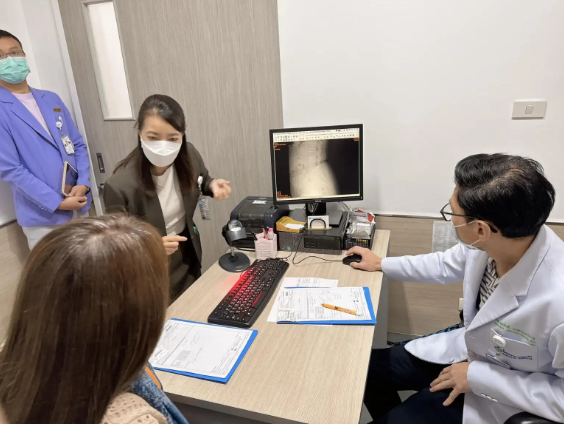








The landscape of transportation is rapidly evolving, with urban air mobility (UAM) emerging as a promising frontier. As cities become increasingly congested and environmental concerns escalate, investing in UAM presents an opportunity to revolutionize how people and goods move within urban environments. This article delves into the realm of urban air mobility investments, exploring the potential, challenges, and future prospects of this transformative industry.
Understanding Urban Air Mobility
Defining Urban Air Mobility
Urban air mobility (UAM) refers to the use of aircraft for transportation within urban areas, typically utilizing electric or hybrid-electric vertical takeoff and landing (eVTOL) vehicles. These vehicles are designed to efficiently navigate dense urban environments, offering a solution to traffic congestion and reducing reliance on ground transportation.
The Promise of Urban Air Mobility
UAM holds the promise of revolutionizing urban transportation by providing fast, efficient, and environmentally friendly mobility solutions. With advancements in technology, including autonomous flight capabilities and electric propulsion systems, UAM has the potential to significantly transform how people and goods are transported within cities.
Key Players in Urban Air Mobility
Several key players are driving innovation and investment in the UAM sector. Companies such as Uber Elevate, Volocopter, Joby Aviation, and Airbus are actively developing eVTOL aircraft and infrastructure to support urban air mobility operations. Additionally, established aerospace companies, technology firms, and startups are entering the UAM market, recognizing its potential for growth and disruption.
Investing in Urban Air Mobility
The Growth of Urban Air Mobility Investments
Investment in urban air mobility has been steadily increasing in recent years, reflecting growing interest and confidence in the sector’s potential. Venture capital firms, corporate investors, and government agencies are all contributing to the influx of capital into UAM startups and projects. These investments are fueling research and development efforts, infrastructure deployment, and regulatory initiatives aimed at realizing the vision of urban air mobility.
Opportunities for Investors
For investors, urban air mobility represents a unique opportunity to participate in the future of transportation. Early-stage startups focused on eVTOL aircraft development, infrastructure solutions, and airspace management systems are attracting significant attention from investors seeking to capitalize on the potential of UAM. Additionally, established aerospace and technology companies are exploring partnerships and acquisitions to position themselves at the forefront of this emerging market.
Challenges and Risks
Despite the promise of urban air mobility, there are several challenges and risks that investors should consider. Regulatory hurdles, airspace integration, infrastructure development, and public acceptance are among the key challenges facing the UAM industry. Additionally, the high costs associated with developing eVTOL aircraft and supporting infrastructure pose financial risks for investors. However, proactive collaboration between industry stakeholders, regulators, and communities can help address these challenges and pave the way for the widespread adoption of urban air mobility.
The Future of Urban Air Mobility Investments
Towards a Sustainable Future
As urban populations continue to grow and cities face increasing pressure to address transportation challenges, the importance of urban air mobility investments will only intensify. By leveraging advancements in technology, infrastructure, and regulatory frameworks, urban air mobility has the potential to transform how people and goods are transported within cities, reducing congestion, improving air quality, and enhancing overall mobility.
Unlocking Economic Opportunities
Investing in urban air mobility not only promises to revolutionize transportation but also unlocks significant economic opportunities. The development and deployment of eVTOL aircraft, infrastructure, and supporting services will create jobs, stimulate innovation, and drive economic growth in urban areas. Moreover, UAM has the potential to spur investment in related industries, including aerospace, technology, and urban planning, further contributing to economic development.
Building a Sustainable Ecosystem
As urban air mobility continues to evolve, building a sustainable ecosystem will be critical to its long-term success. This includes developing efficient airspace management systems, establishing robust safety and regulatory frameworks, and ensuring equitable access to UAM services for all members of society. By fostering collaboration between industry stakeholders, policymakers, and communities, we can create a vibrant and inclusive urban air mobility ecosystem that enhances mobility, sustainability, and quality of life.
In conclusion, urban air mobility investments hold the key to unlocking the future of transportation in urban areas. By harnessing the power of technology, innovation, and collaboration, we can realize the promise of urban air mobility and create a more connected, sustainable, and prosperous future for all. Are you ready to invest in the future of transportation with Urban Air Mobility Investments: Investing in the Future of Transportation?